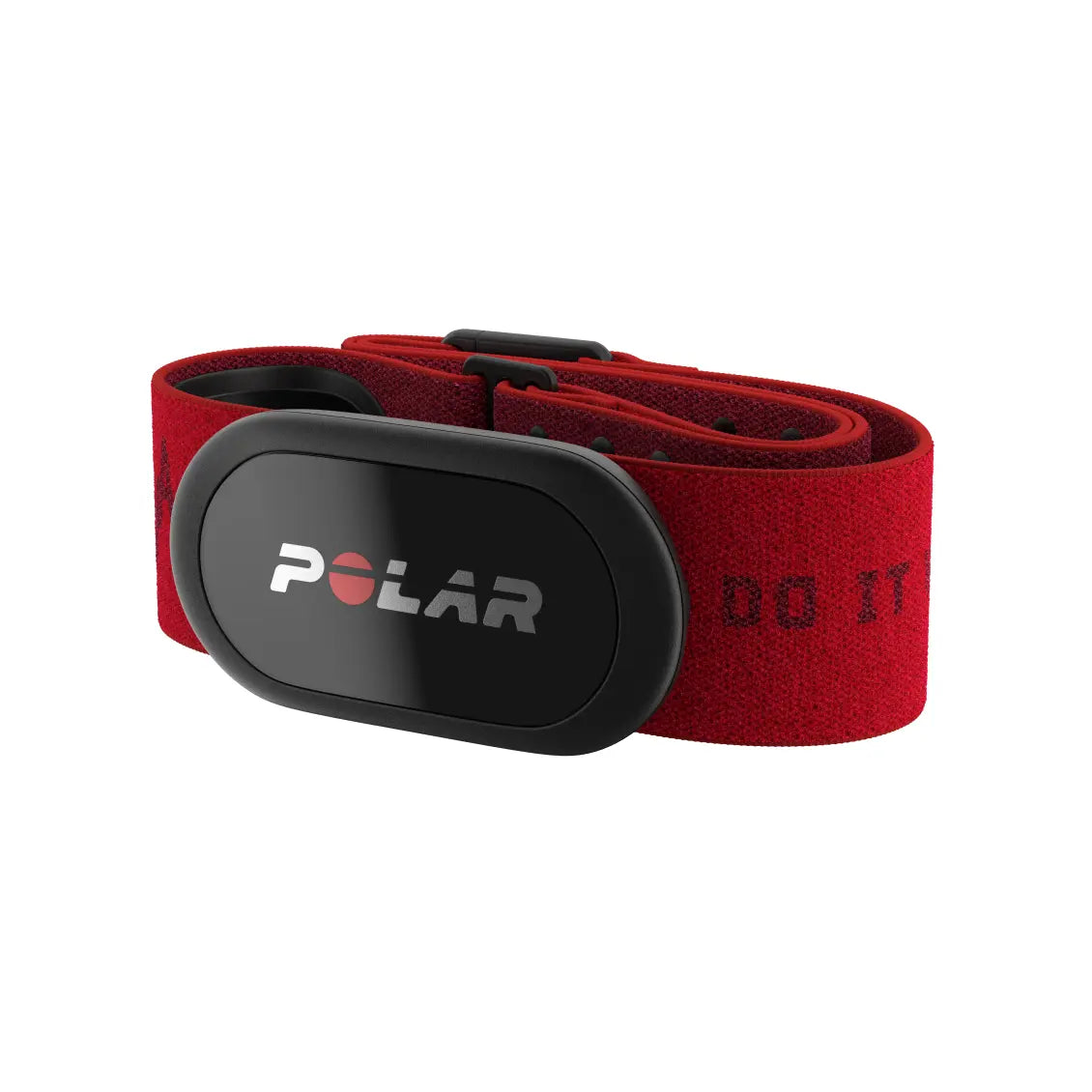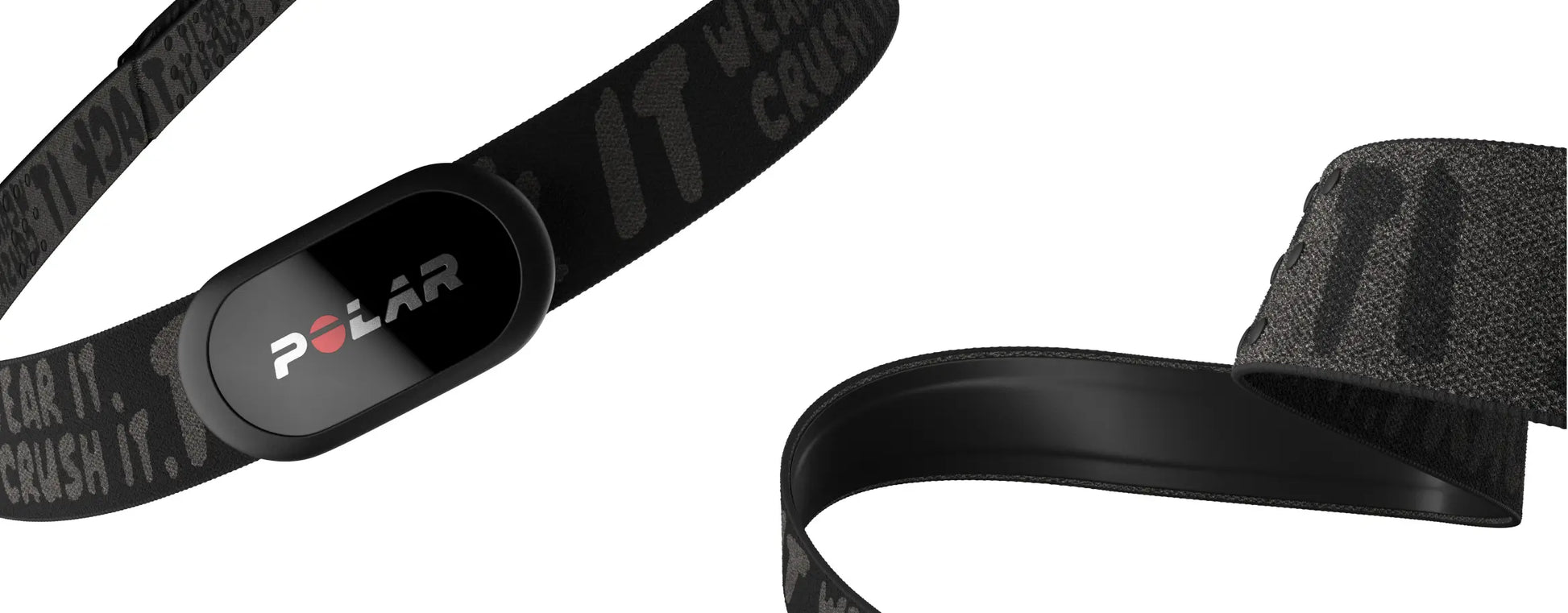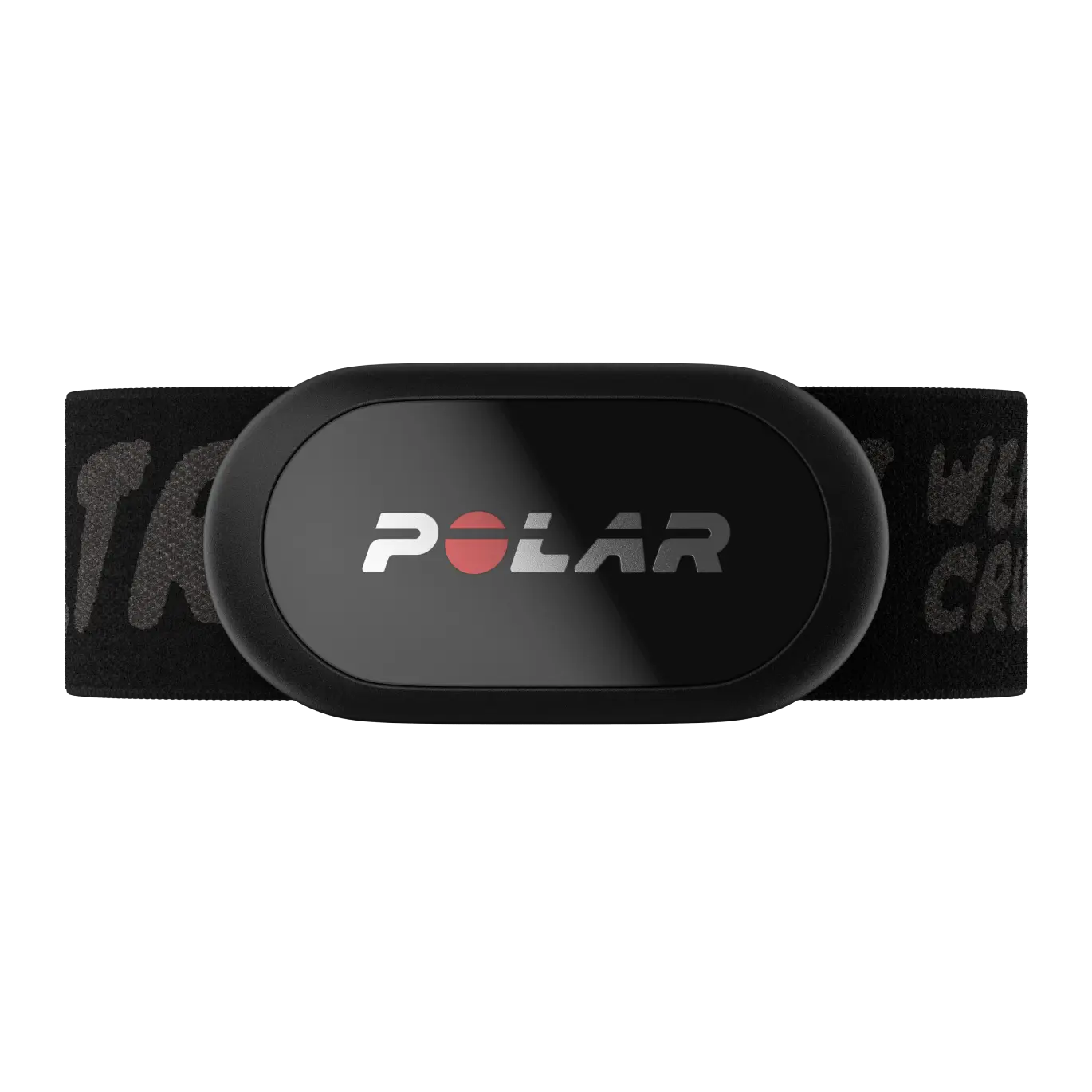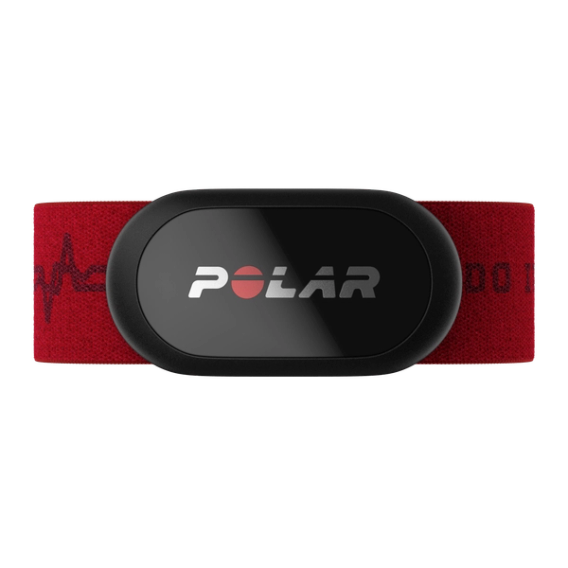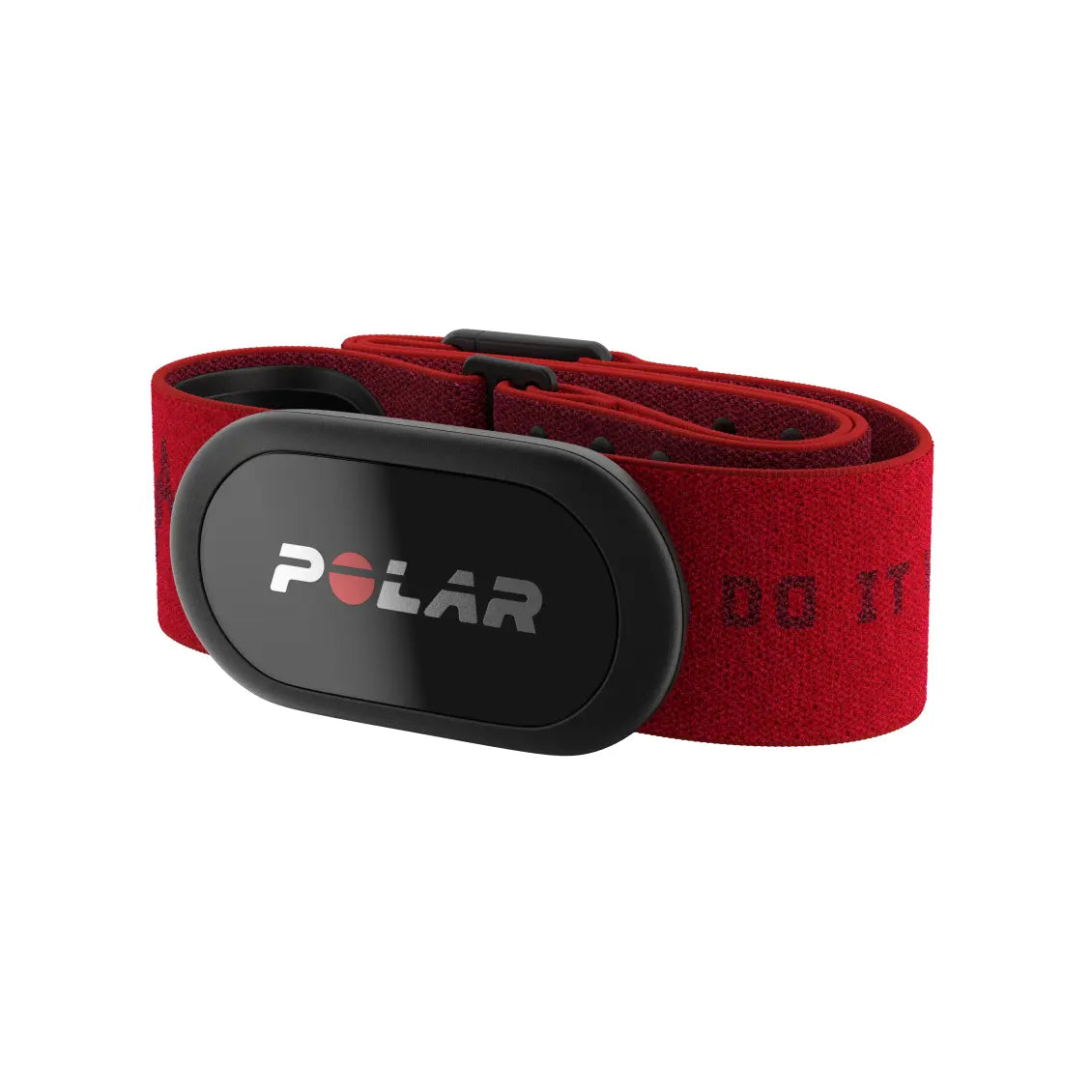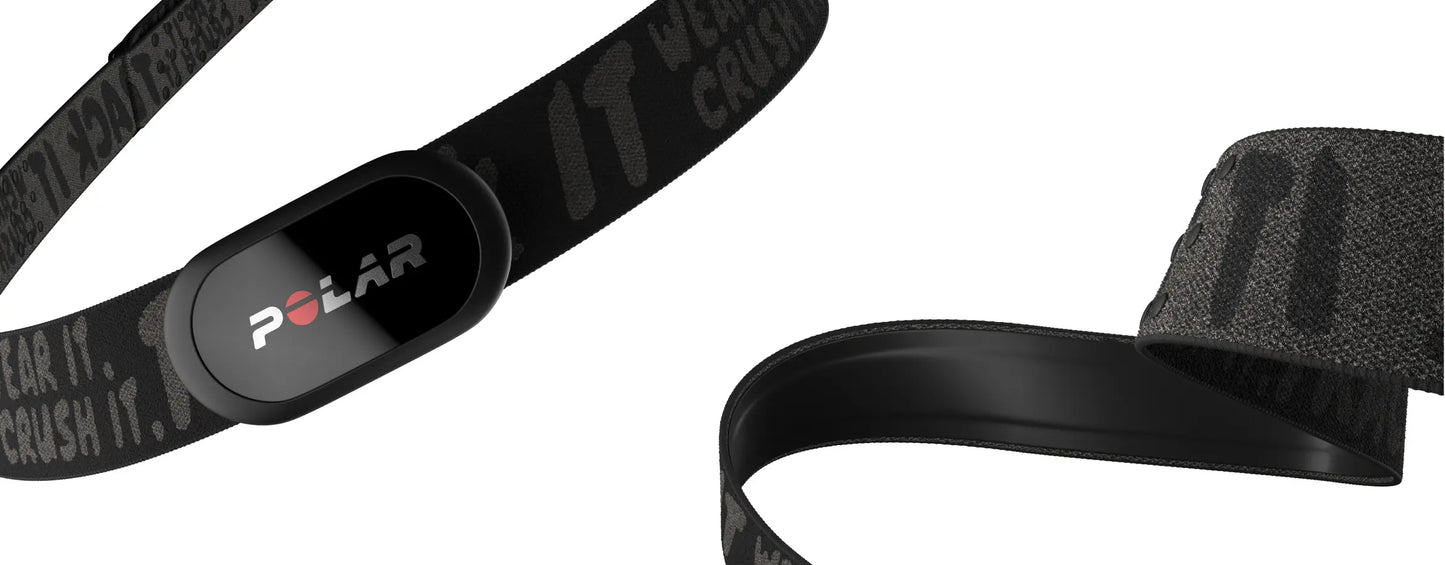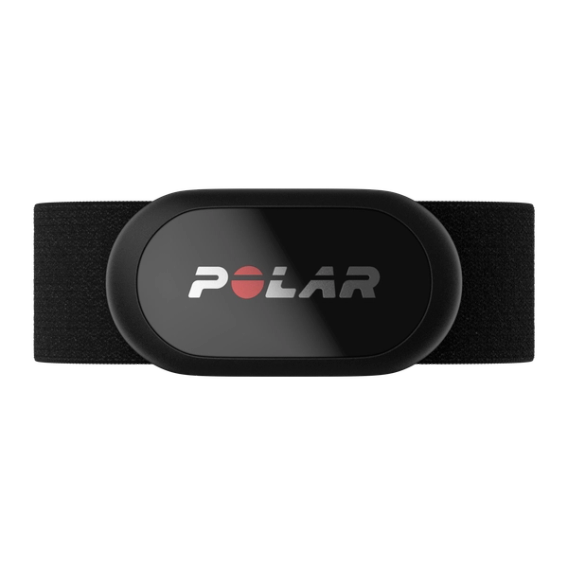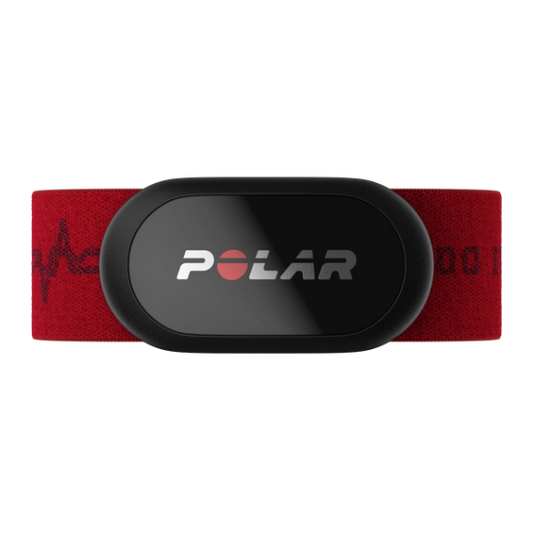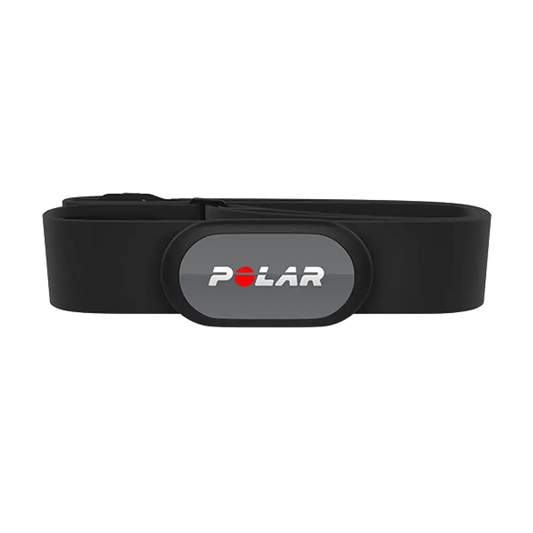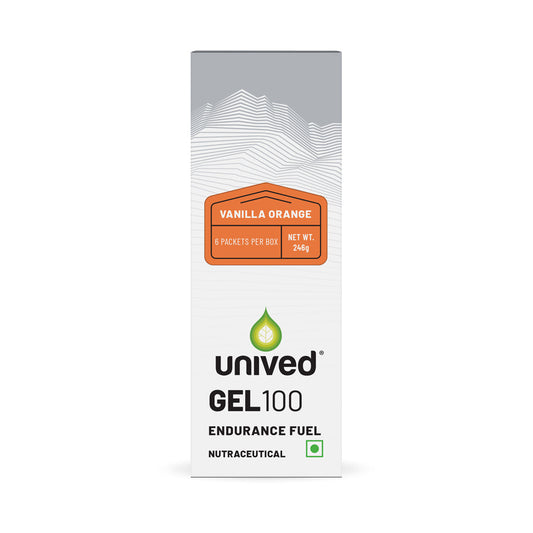Polar H10 and Polar Verity Sense use different types of technology to monitor heart rate, and each has its unique advantages and applications.
Polar H10 (ECG Sensor):
- Technology: Polar H10 uses electrical sensors (ECG or electrocardiogram technology). It measures the electrical activity generated by the heart muscle when it contracts. This sensor requires direct skin contact and is typically worn around the chest with a chest strap.
- Accuracy: ECG sensors are considered the gold standard for heart rate monitoring, particularly when precise heart rate measurement is crucial, such as in medical or high-performance sports settings.
- Use Case: Ideal for continuous monitoring during intense physical activities and sports where accurate, real-time heart rate data is critical.
Polar Verity Sense (Optical Sensor):
- Technology: Polar Verity Sense uses optical heart rate technology, which involves shining a light into the skin and measuring the light absorption changes caused by blood flow. This sensor can be worn on the upper arm or forearm.
- Accuracy: While optical sensors are highly accurate, they can sometimes be affected by factors like movement and changes in ambient light, making them slightly less reliable than ECG sensors under certain conditions.
- Use Case: Optical sensors are more versatile for everyday use and are suitable for a wide range of activities, offering a good balance between convenience and accuracy.
Both devices cater to different needs based on the activity and the level of detail required in heart rate monitoring. The choice between an ECG sensor like Polar H10 and an optical sensor like Polar Verity Sense often depends on the specific requirements of your activities and personal preference for where and how you like to wear your heart rate monitor.
For more detailed information on these devices, you can visit the following Polar support articles:

